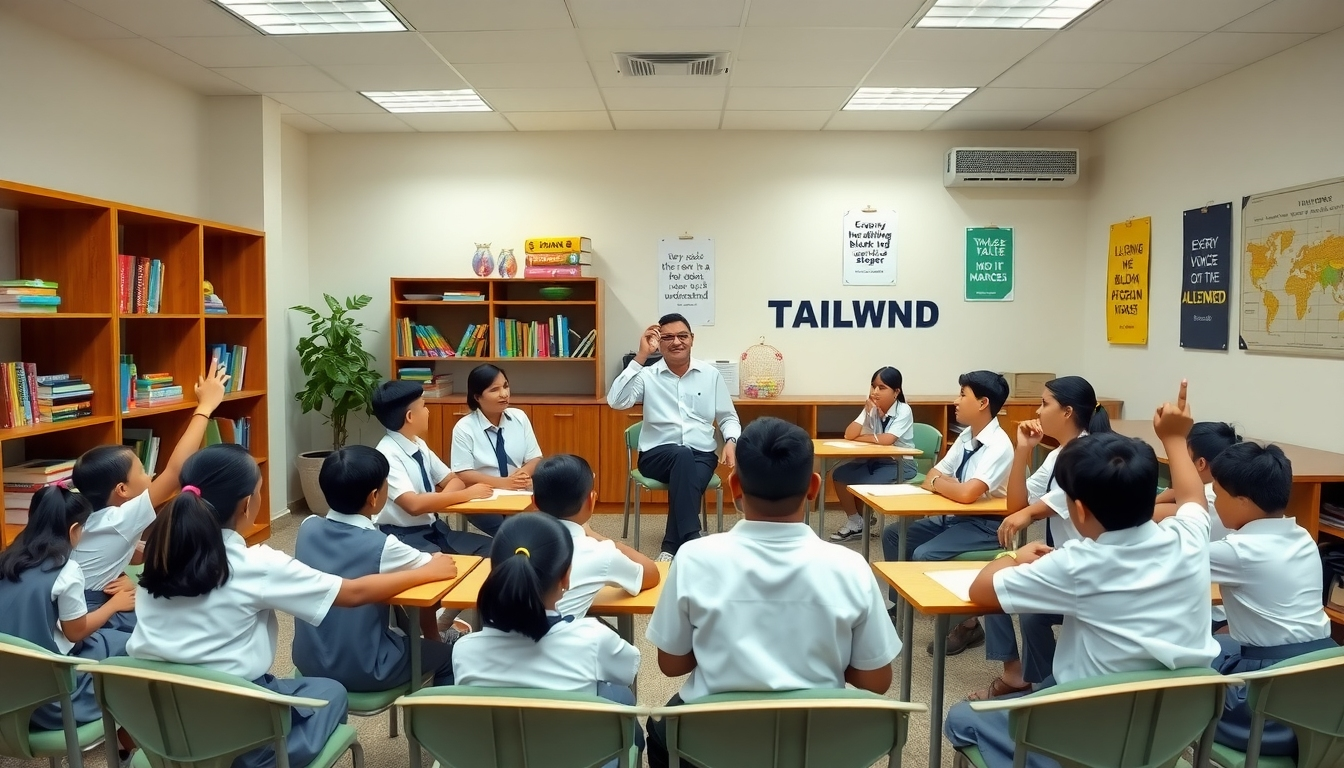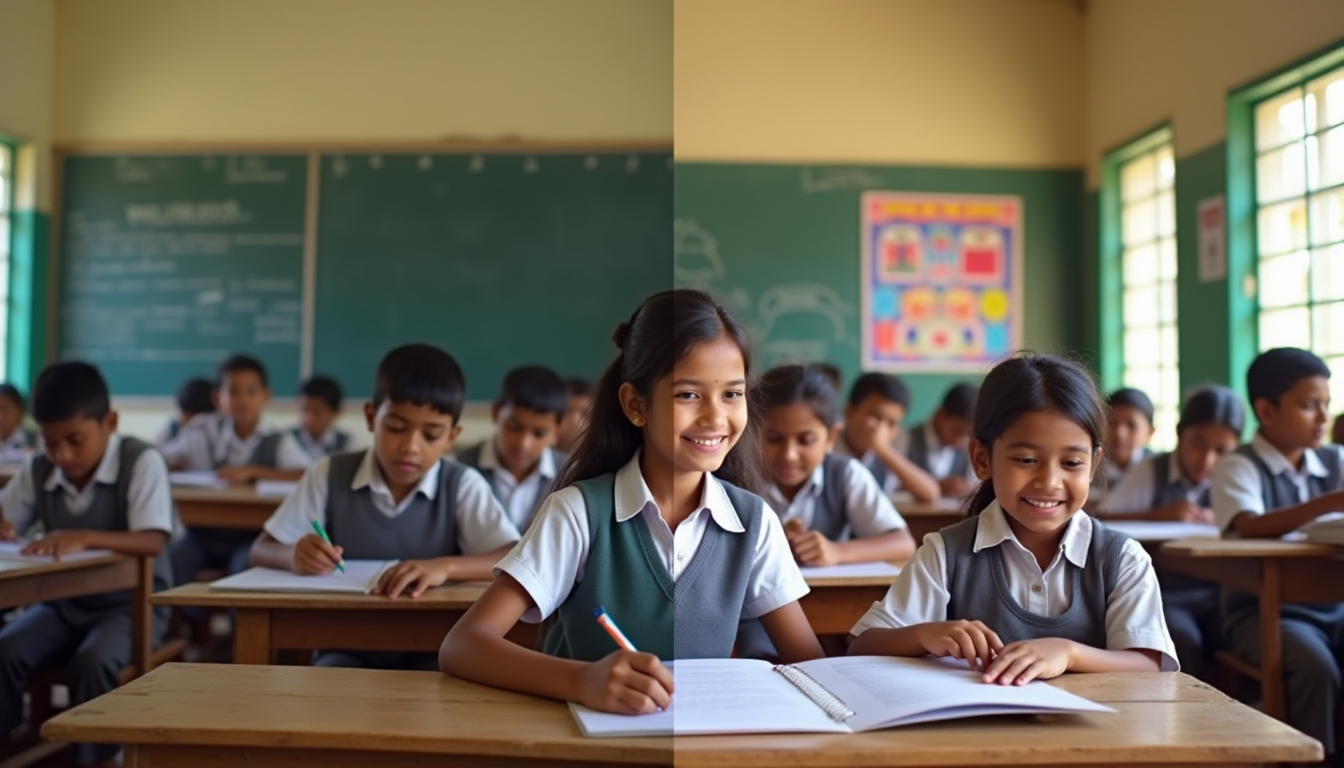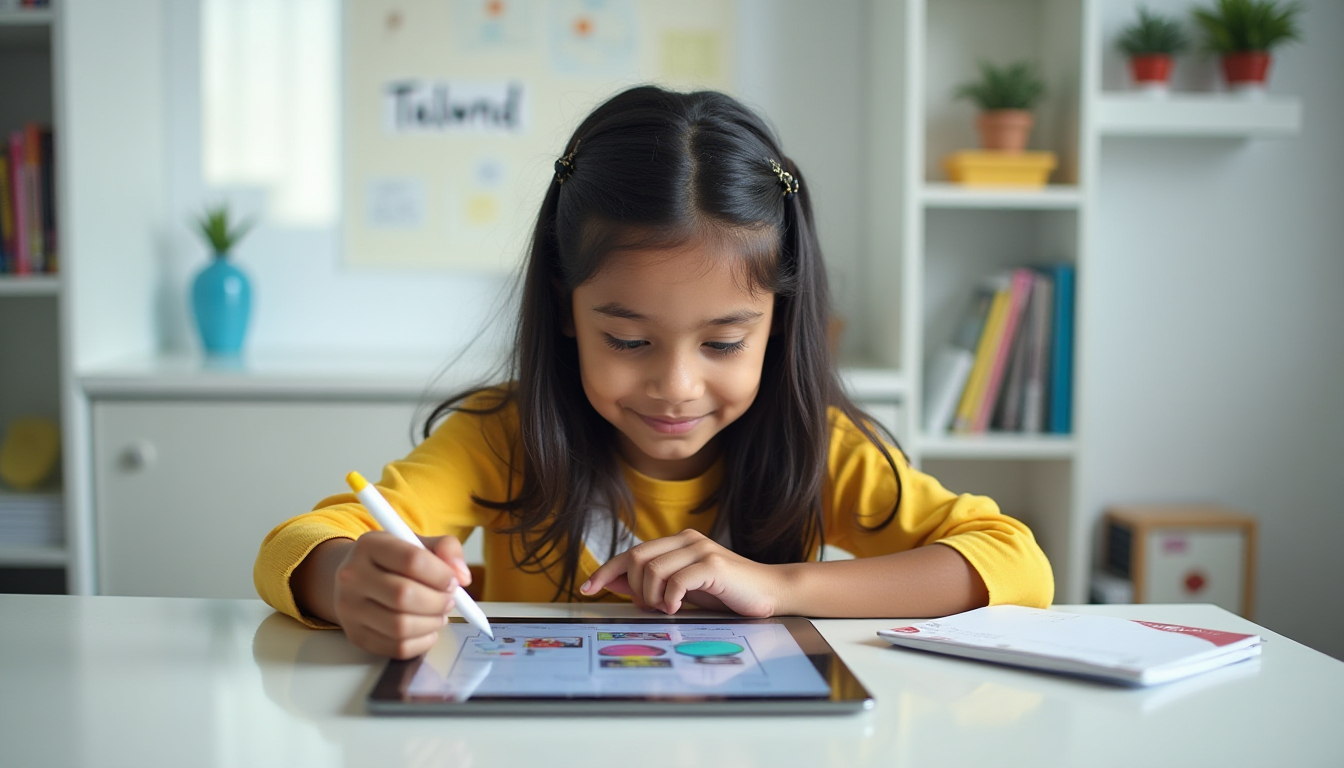Let’s Talk, Not Just Teach: Why Conversation is Critical to Learning

Picture a regular school classroom.
A teacher stands in front, explaining a lesson.
Students sit quietly in rows, taking notes or just listening.
One person speaks. The rest listen.
That’s the pattern we’ve followed for years.
But is that really how deep learning happens?
At Tailwnd, we believe it’s time to shift the way we teach—and the way children learn. Because learning isn't just about listening; it's about joining in.
Why Just Listening Isn’t Enough
In many schools, teaching still follows the old method: the teacher speaks, and the student silently receives. This approach may help students memorise facts for an exam, but it rarely helps them truly understand or apply what they've learned.
Here’s something we’ve seen again and again:
Children learn better when they are part of the discussion—when they ask, reflect, express, and interact.
That’s because the brain learns best when it's active, not passive. When ideas are shared, questioned, and explained, they make stronger connections in the mind. This makes learning more meaningful—and more fun too.
When Talking Becomes Teaching
Let’s take a moment to reflect:
Can you recall a moment when something new clicked in your mind?
Chances are, it wasn’t just by reading or listening.
Maybe you asked someone to explain it again.
Maybe you tried to teach it to a friend.
Maybe you worked through doubts by thinking out loud.
These are all examples of learning through conversation—where understanding grows step by step, with give and take.
In classrooms that allow space for this back-and-forth of ideas, learning becomes more exciting. Students feel heard, involved, and confident to explore further.
Why Aren’t Our Classrooms Full of Conversation?
If this way of learning is better, why do so many classrooms still follow the old one-way method?
Because we’ve unknowingly built a system that makes conversation harder:
- Exams still focus more on remembering than reasoning
- Teachers often worry they’ll lose control if students talk too much
- There’s pressure to finish the syllabus fast, leaving little time for discussion
- Children are made to fear being wrong instead of learning from it
- Classrooms are arranged in a way that discourages free thinking
These issues aren’t permanent. They’re design choices. And the good news? We can choose better.
What Needs to Shift?
To move towards more dialogue-based learning, here are five small but powerful changes:
1. Teach as a partner, not a performer
The best teachers don’t just deliver knowledge—they explore it alongside their students. Saying “Let’s figure it out together” is far more powerful than “I know the answer.”
2. Change how we sit
Desks in rows make it hard to talk. Arranging students in circles or small groups sends a message: Everyone’s voice matters.
3. Celebrate curiosity, not just correctness
Let’s start applauding great questions—not just correct answers. Curiosity is where every great idea begins.
4. Use tech to connect, not just broadcast
Online tools can be magical when used well. Imagine using voice notes, student discussion boards, and live polls—not just for instruction, but for interaction.
5. Make mistakes welcome
Students should feel free to speak, even if they’re unsure. That’s how ideas grow. Mistakes are not failures—they’re building blocks for deeper learning.
Teachers as Co-Learners
In this new way of learning, the teacher is more of a mentor than a master. Their job is to guide, listen, and help children explore—not just to provide ready-made answers.
When students take part in discussions, they don’t just gain knowledge. They become:
- Better thinkers
- Clearer communicators
- More confident learners
That’s the kind of growth that goes far beyond school walls.
Time to Make Learning Social Again
Do you remember how exciting it felt when a class debate made you think harder? Or when your question led to a new idea?
That’s what we need to bring back.
Let’s reimagine the classroom as a place where:
- Everyone has something to share
- Dialogue is valued more than delivery
- Learning is a shared journey where teachers and students grow together
In the real world, people work together, discuss ideas, challenge each other, and co-create solutions. Our classrooms should prepare children for that world—not just train them to sit silently.
Because true learning isn’t just taught.
It’s shared.
And it begins with a conversation.





